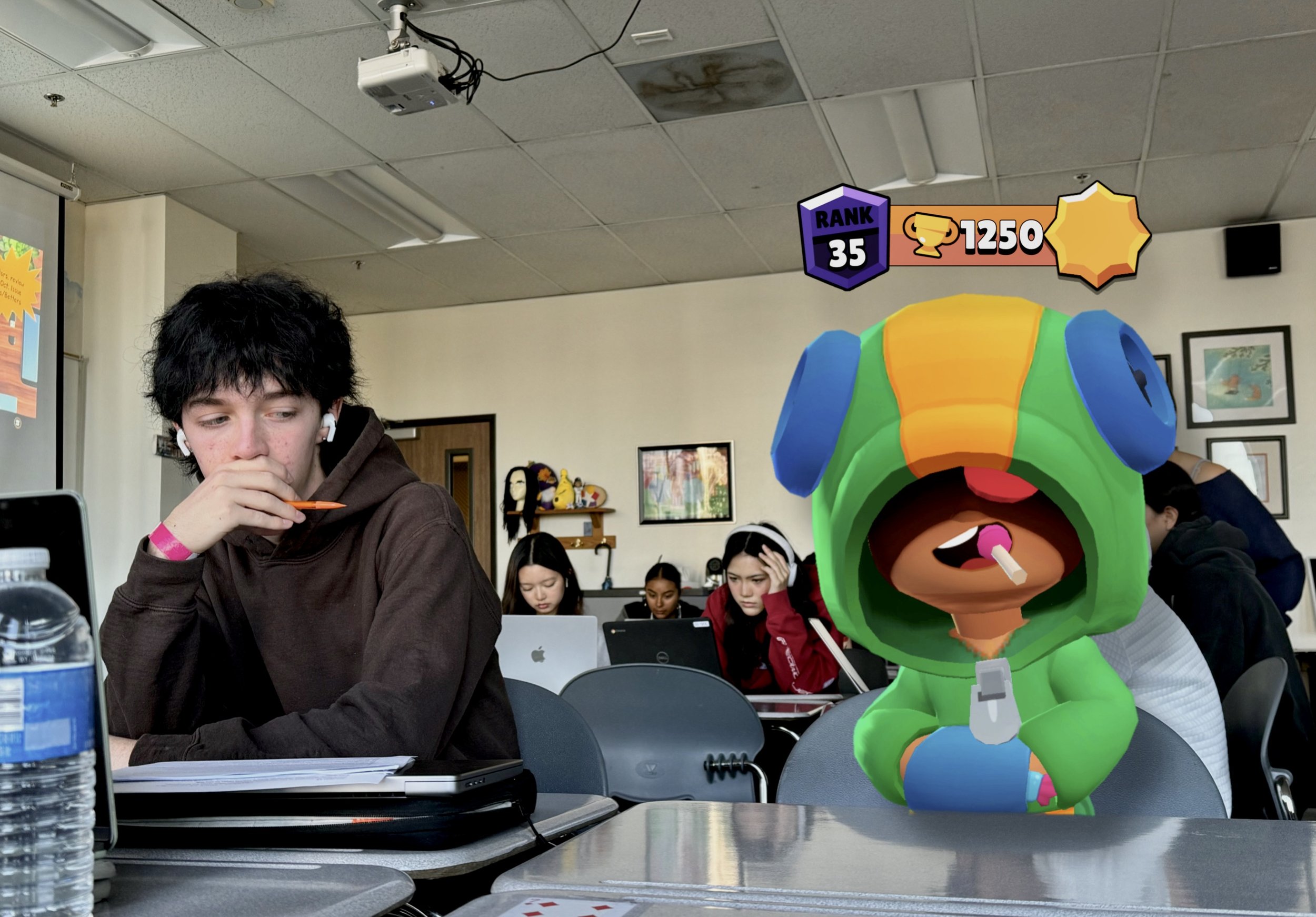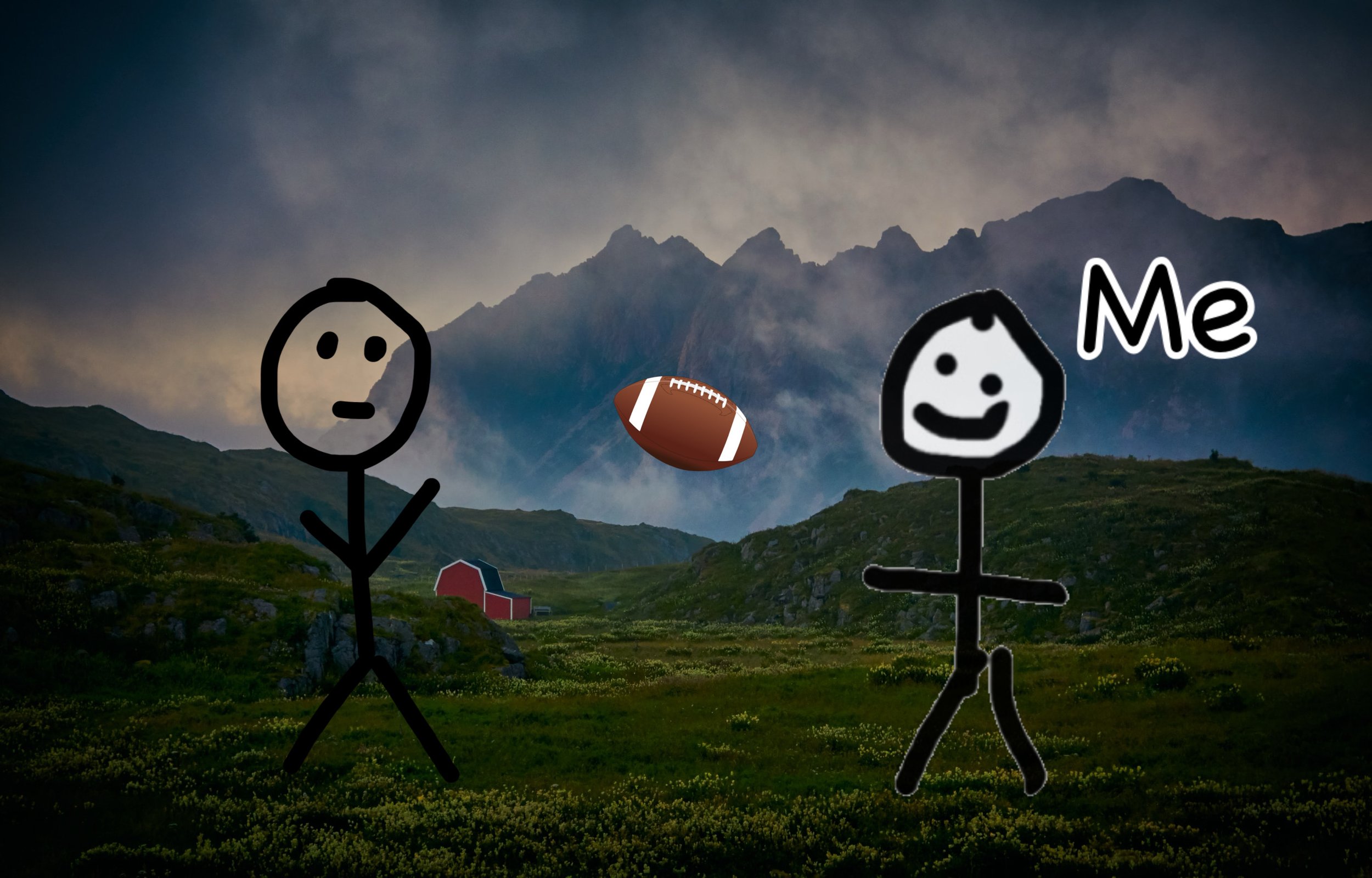Start a New Tradition This Thanksgiving!
Ava Park
Thanksgiving has evolved into a celebration that allows you to spend time with your loved ones and celebrate the blessings from the year so far. And there are so many ways to celebrate Thanksgiving! Perhaps you decorate pumpkin pies, run turkey trots, watch the annual Macy’s Thanksgiving Day Parade, or watch “A Charlie Brown Thanksgiving.”
But this article isn’t for folks like you.
This article is for people who DON'T have Thanksgiving traditions and are actively searching for activities that will inspire lasting familial customs to be passed on from generation to generation.
If this sounds like you, you’re in luck! I’ve compiled a thoughtful list of Thanksgiving traditions for you and your family to consider. Enjoy!
Post-Dinner Trampoline Park Trip:
After a hearty turkey dinner served with cranberry sauce, bread and whatnot, you may feel a little full, so what better way to get your digestive system moving than to jump rambunctiously? You can play a friendly game of dodgeball with strangers under the age of 10, do flips into a germy foam pit, and do cartwheels on trampolines. Plus, if you get hurt, you’d have another thing to be thankful for: (hopefully) your recovery!
So what are you waiting for? Hop in the car with the whole family and head to your nearest Big Air or SkyZone!
Put Up Your Spring Decorations
Many families put up their Christmas decorations right after Thanksgiving, but frankly, this tradition is overdone. Why not be unique and decorate for spring instead? Picture your fireplace adorned with funky eggs and plastic flowers instead of the usual fuzzy stockings that you can’t even wear! After all, if you start to miss Christmas decorations, you can go to any public area, and that desire will be satiated.
Thanksgiving Pizza
This one’s inspired by user Some_Concert5392 on the subreddit r/thanksgiving. The title is pretty straightforward. You basically have your typical Thanksgiving foods with a side of pizza. I recommend Hawaiian.
Make Butter
Yet another Reddit-inspired tradition: user cori-iyupa from r/thanksgiving explains that their mother has the children make butter for the holiday. It is her way of keeping the children busy while food is prepared.
To put a little spice into this tradition, instead of shaking mason jars like cori-iyupa’s family, you take it one step further and purchase a colonial butter churn. What better way to celebrate the historical day than to return to America's roots and churn butter as the pilgrims once did?
Black Friday, Not on Friday
I’m sure we are all aware of how hectic Black Friday shopping can be. Plus, I’m sure we can all agree that the long lines and frantic middle-aged women scrambling to get their hands on a new Nespresso really ruin the festive vibes! So, I suggest that instead of going shopping on Friday, you go on Wednesday! Sure, you won’t get any of the deals, but it really solves the overpopulation problem in the malls.
After reading this article, I hope you have a more clearclearer idea of what you plan to do this Thanksgiving. Remember that you can always personalize these activities! For example, you don’t have to get Hawaiian pizza. Maybe you prefer cheese, which is objectively less fun and, I’m sorry to say, painfully basic for a nationally celebrated holiday. The point is that this compilation of suggestions is for you, not me!
Happy Holidays!


















